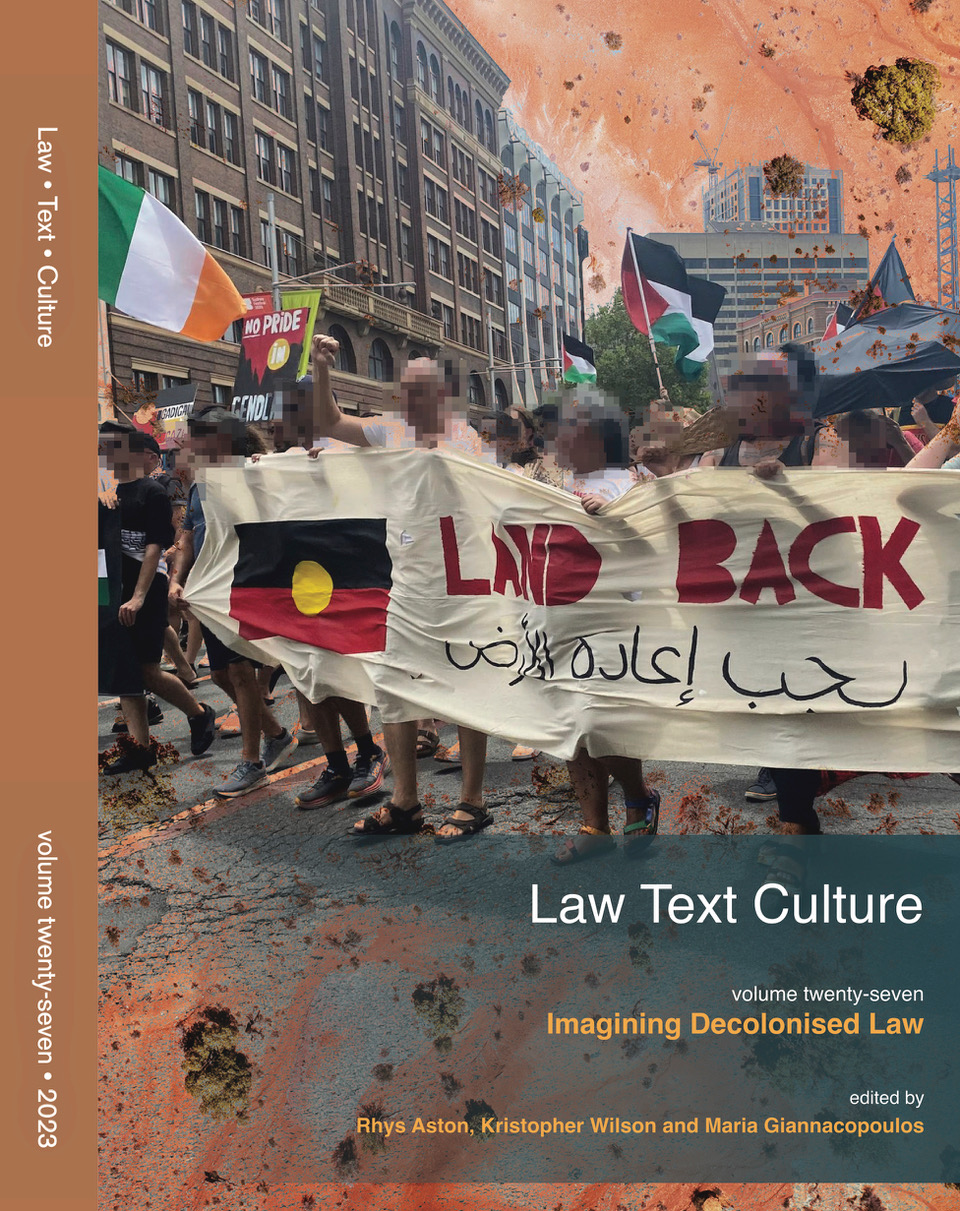Abstract
Throughout European occupation of the Australian landmass there has been a regular figuring across literature, cinema and news media of the landscape as the scene of crime. Women and children disappear into bush, deserts and mysterious rock formations, and men die, ostensibly killed by nothing but the unremitting landscape. These representations parallel the doctrine of terra nullius found in the practices of Anglo-Australian law. The doctrine assumes that the land is empty; belonging to no one. However, in the imaginations of law and popular culture the emptiness is never quite complete. Rather, there is always something not quite there in the land, appearing to different degrees of presence, taking on shifting fantastic forms. It is an ominous nothing that does violence, threatening the colonisers and the sovereignty of their law. But Lantana offers a different version of this imaginative flight by relocating the scene of the crime from the ‘native’ bushland to an introduced weed. This relocation shifts the problem of troubled sovereignty back onto coloniser. In this cinematic depiction of the landscape as crime scene a recently emerging anxiety concerning the colonising violence of Anglo-Australian law is realised: the scene of the crime becomes the foundation of law itself.
How to Cite:
Duncanson, K., (2009) “The Scene of the Crime: The Uneasy Figuring of Anglo-Australian Sovereignty in the Landscape of Lantana”, Law Text Culture 13(1). doi: https://doi.org/10.14453/ltc.425
Downloads:
Download PDF
View PDF
463 Views
2266 Downloads

